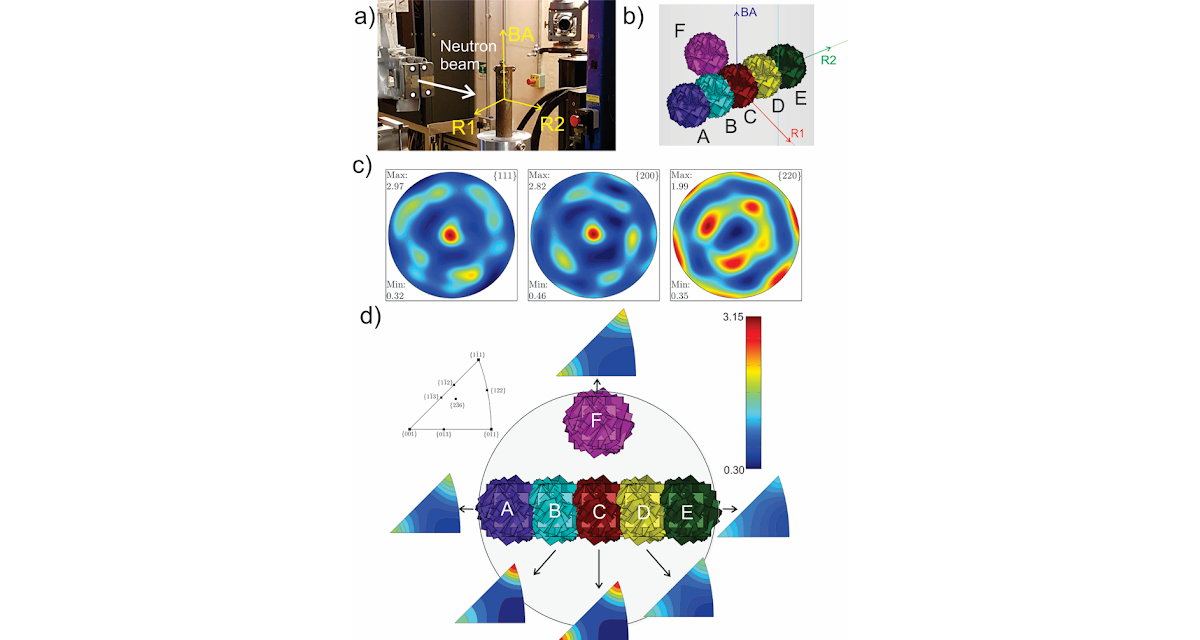Latest news articles
- SAS Employment Notices
- Young Researchers in Archaeometry-SAS Travel Award 2025 Winner: Zofia Chomoncik
- SAS Student Ambassador Event - Synchrotron Radiation for Cultural Heritage Materials | Wednesday, 3 December 2025 14:00 GMT
- ISBA SAS Student Poster Award winner – Madeleine Thirolle
- New Student Ambassador - Jessica Giles
Conferences & Networking
The SAS regularly sponsors conferences, workshops, and conference sessions. If you're planning an event on any topic relevant to the goals of the society, please get in touch with the VP of Intersociety Relations so that we can explore partnering with you and your organization.
If you're a student SAS member interested in getting involved with the society and promoting professional fellowship among your peers, check out the Student Ambassador program and reach out to our VP for Membership Development to learn more.
We had the honour to talk to Drs. Hector Orengo and Arnau Garcia-Molsosa about the research that won the inaugural cycle of this prize. You can find out more in the interview about what inspired them to develop this new field survey technique, the obstacles they encountered, and their plans for taking this new method to the next level. You can view the interview on the : SAS Facebook page
As part of the award, the winning article is made available without a paywall for the next year. Check out the original research here:
Interested in submitting a manuscript for consideration in the 2020 cycle? Learn more here:
Dr. Chris Vyhnal sat down remotely with SAS associate editor Roxanne Radpour to discuss how archaeological science can play an important role in teaching chemistry and experimental science to high school students. Vyhnal, the Science Department Chair at the Thacher School in Ojai, California, designed a 4-day course titled “Chemical Synthesis of Color in Art” for his students when he and the rest of his colleagues at Thacher were tasked to produce an emergency last minute short course in the 2017-2018 academic school year.
Technological examination of copper bolts from the Deltebre I (1813) site by means of spatially resolved neutron texture measurements
In this brief report, the ongoing spatially resolved neutron texture analysis performed on several copper bolts used to fasten different wooden components of the hull’s structure recovered from the Deltebre I (1813) shipwreck is presented. This site corresponds to a transport ship of a combined British, Sicilian and Spanish fleet supervised by Lt. Gen. John Murray, which ran aground in the Ebro delta (Catalonia coast, western Mediterranean) after an unsuccessful expedition to liberate the city of Tarragona from the control of Napoleon’s troops. Since 2008, it has been the subject of archaeological study by the staff of the Catalan Centre for Underwater Archaeology of the Archaeological Museum of Catalonia. The research conducted has included surveying and recording the ship’s structure, and the excavation of the vessel’s whole cargo (Vivar et al. 2014, 2016). Previous metallurgical studies were conducted on different copper-base artifacts associated with the ship’s structure and cargo (Ciarlo 2015; Ciarlo et al. 2016).



